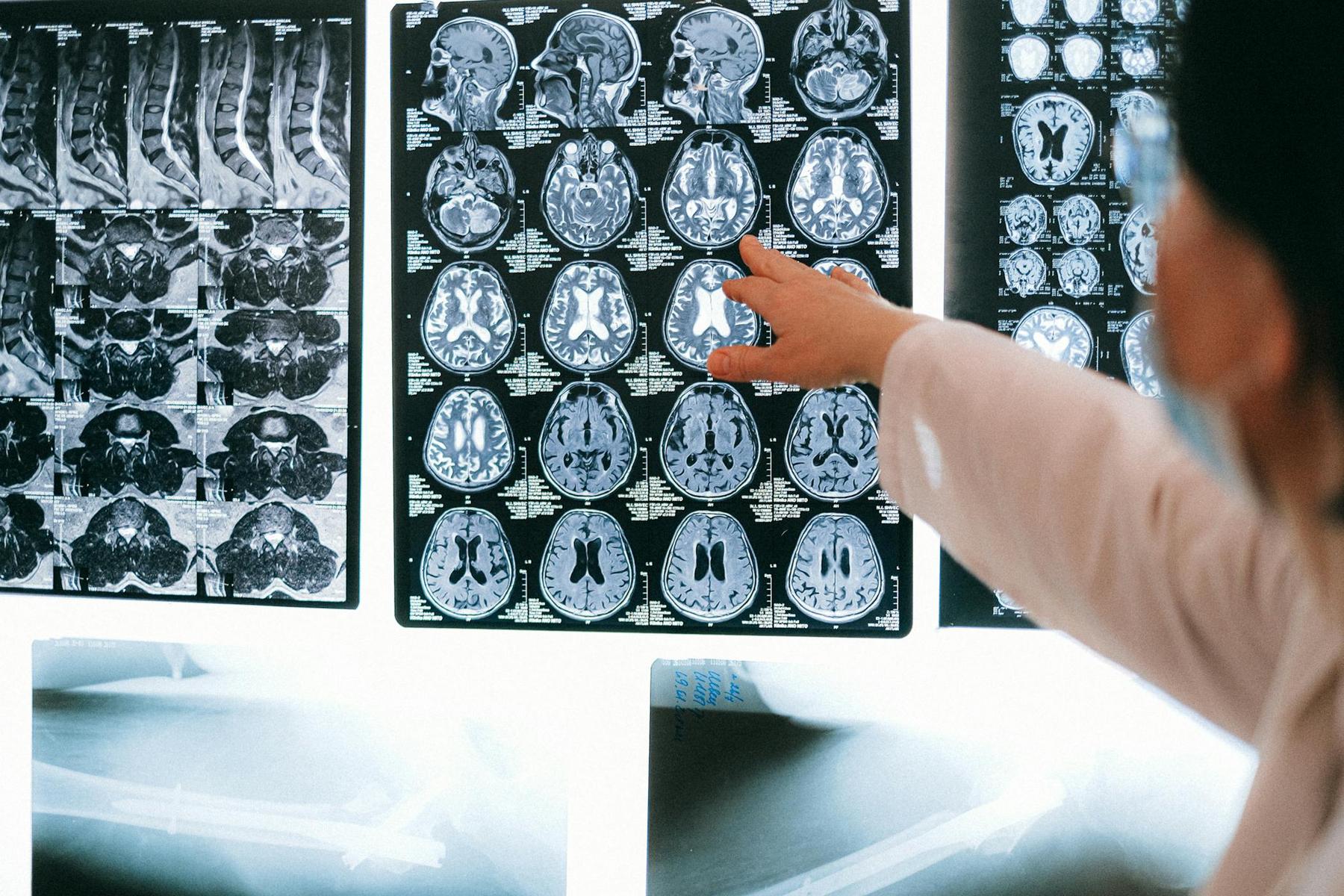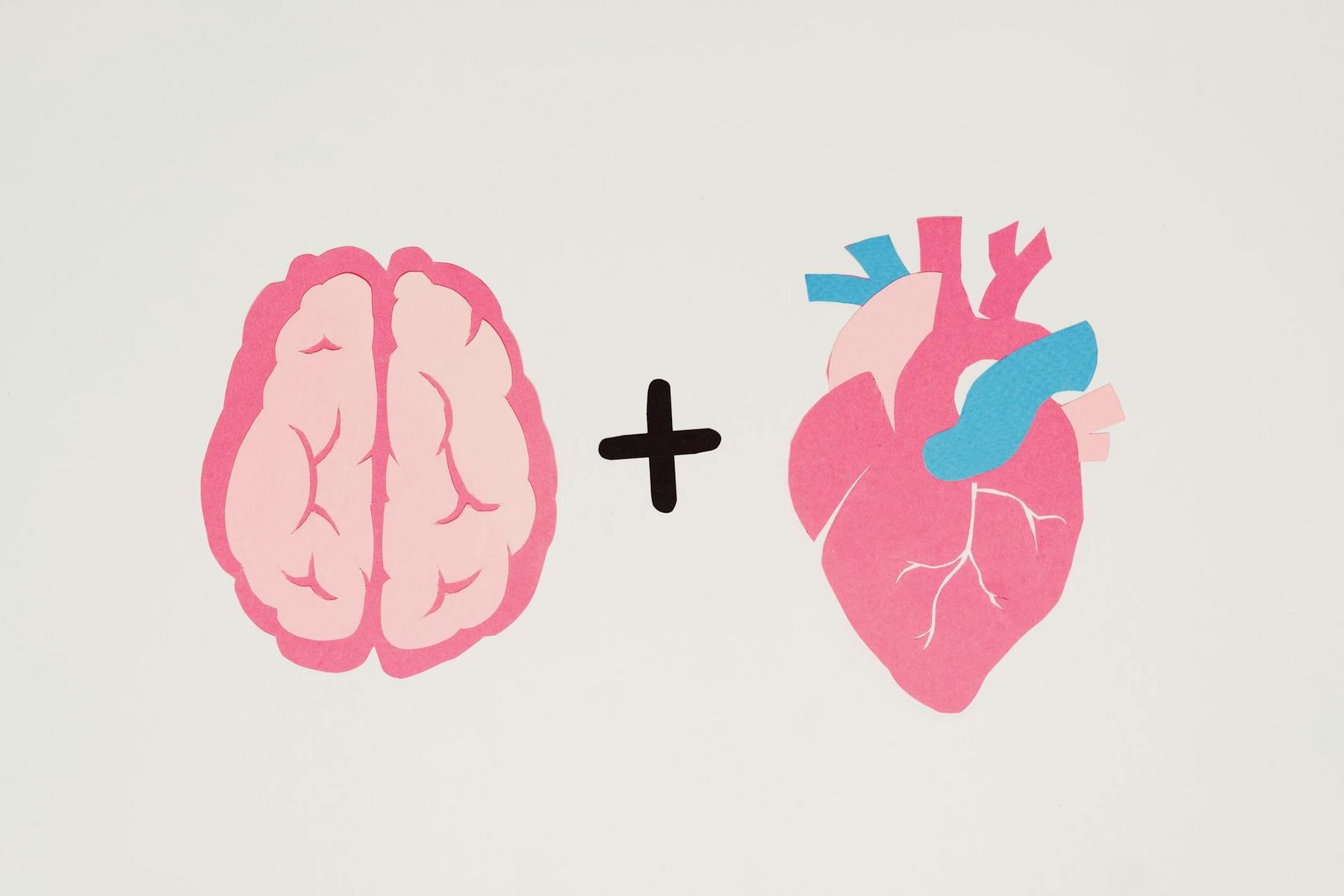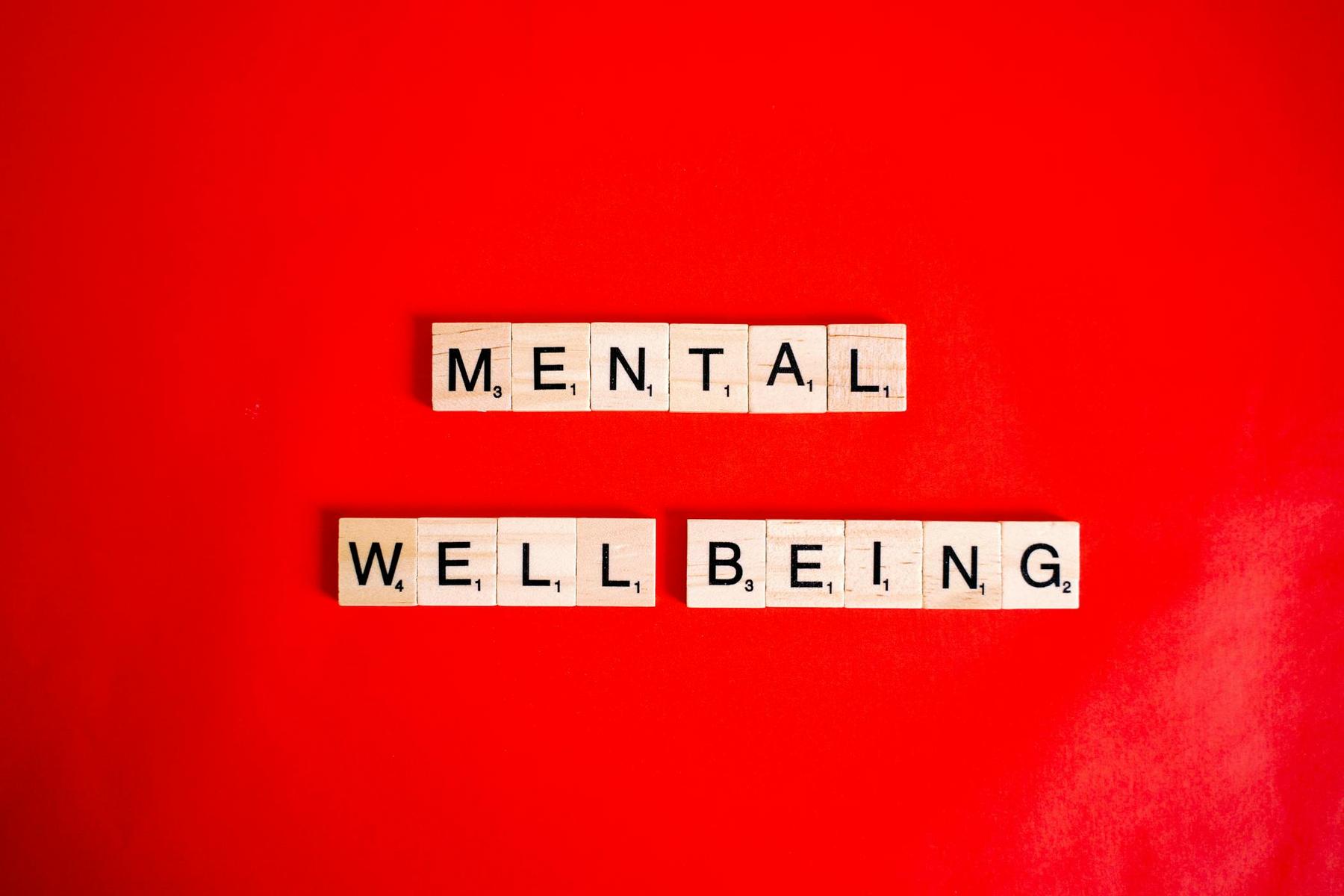The pursuit of lasting happiness remains one of humanity’s most enduring endeavours, yet accumulating evidence suggests we may be fundamentally misunderstanding how emotional wellbeing operates. Despite achieving career milestones, purchasing dream homes, or experiencing other significant positive life events, most individuals find themselves returning to a surprisingly consistent level of satisfaction within months. This phenomenon, known as hedonic adaptation, reveals a complex neurobiological reality: our brains possess sophisticated mechanisms that actively regulate emotional states, creating what researchers term a “happiness baseline” – a personalised set point to which we inevitably return regardless of external circumstances.
Understanding hedonic adaptation represents far more than an academic curiosity. For healthcare professionals and individuals alike, this body of research fundamentally challenges conventional approaches to wellbeing, suggesting that sustainable improvements in life satisfaction require strategies that work with our neurobiological architecture rather than against it. The implications extend across integrative healthcare models, where personalised interventions increasingly recognise that lasting wellbeing emerges not from circumstantial changes alone, but from a sophisticated understanding of our adaptive systems.
What Is Hedonic Adaptation and Why Does It Matter?
Hedonic adaptation describes the psychological phenomenon whereby individuals return to a relatively stable baseline level of happiness despite major positive or negative life events. First comprehensively examined through longitudinal research in the 1970s, this concept – often termed the “hedonic treadmill” – reveals that both lottery winners and accident victims demonstrated remarkable convergence toward their pre-event happiness levels within surprisingly brief timeframes.
The significance extends beyond simple emotional resilience. Hedonic adaptation represents an evolved neurobiological mechanism that regulates our reward systems, preventing both sustained euphoria and prolonged despair. This regulatory function involves complex interactions between neural pathways, neurotransmitter systems, and genetic factors that collectively maintain emotional homeostasis.
Contemporary research suggests that approximately 50% of an individual’s happiness baseline derives from genetic factors, whilst only 10% relates to external circumstances. The remaining 40% appears attributable to intentional activities and cognitive patterns – a finding that fundamentally reshapes how healthcare practitioners conceptualise interventions for wellbeing enhancement.
How Does the Hedonic Treadmill Function at a Neurobiological Level?
The hedonic treadmill operates through sophisticated neural mechanisms that continuously recalibrate our emotional responses to stimuli. When experiencing positive events, our reward systems initially produce elevated neurotransmitter activity. However, these systems demonstrate remarkable adaptive capacity, rapidly adjusting baseline expectations to accommodate new circumstances.
This adaptation occurs through several interconnected processes. Neural pathways involved in reward processing exhibit plasticity, modifying their sensitivity thresholds in response to repeated stimulation. Simultaneously, cognitive systems update internal reference points – what researchers term “comparison standards” – against which future experiences are evaluated.
The temporal dynamics of hedonic adaptation vary considerably across different life domains. Research examining major life events reveals distinct adaptation trajectories: individuals typically adapt more rapidly to positive material acquisitions than to changes in social relationships or meaningful activities. This differential adaptation rate suggests that certain experience categories may offer more sustained contributions to baseline wellbeing than others.
| Life Event Category | Initial Impact Duration | Adaptation Trajectory | Sustained Influence |
|---|---|---|---|
| Material acquisitions | 3-6 months | Rapid, near-complete | Minimal |
| Social relationship changes | 6-24 months | Moderate, partial | Substantial |
| Meaningful work engagement | Ongoing | Slow, incomplete | Significant |
| Health status changes | Variable | Context-dependent | Considerable |
Can We Override Our Happiness Baseline or Are We Neurologically Constrained?
The question of whether individuals can permanently elevate their happiness baseline represents one of positive psychology’s most debated frontiers. Whilst genetic factors establish boundaries, emerging evidence suggests these constraints demonstrate greater flexibility than previously assumed.
Interventional research examining sustained wellbeing enhancement reveals several promising avenues. Practices that cultivate present-moment awareness, enhance social connectedness, and foster purpose-driven engagement demonstrate capacity to produce measurable shifts in baseline satisfaction that persist beyond typical adaptation windows.
The mechanism appears to involve creating experiences that resist hedonic adaptation through their inherent variability and depth. Flow states – characterised by complete immersion in challenging yet manageable activities – exemplify this principle. Unlike passive pleasure consumption, which triggers rapid adaptation, flow experiences engage cognitive resources in ways that continuously generate novel reward signals.
Furthermore, eudaimonic wellbeing approaches – focusing on meaning, purpose, and personal growth rather than momentary pleasure – appear less susceptible to hedonic adaptation. Individuals pursuing goals aligned with intrinsic values and personal development demonstrate more stable long-term wellbeing than those prioritising hedonic pleasures alone.
What Role Do Intentional Activities Play in Modulating Hedonic Adaptation?
The 40% of happiness variance attributed to intentional activities represents healthcare’s most promising intervention point. Unlike genetic predispositions or major life circumstances, intentional activities offer modifiable targets for evidence-based interventions that can potentially shift happiness baselines upward.
Gratitude practices exemplify this principle effectively. Regular engagement with gratitude exercises – systematically acknowledging positive aspects of one’s experience – appears to counteract hedonic adaptation by repeatedly redirecting attention toward elements that might otherwise become psychologically invisible through habituation.
Savouring techniques similarly disrupt adaptation mechanisms. By deliberately prolonging and intensifying awareness during positive experiences, individuals can extract greater psychological benefit from events that might otherwise trigger rapid adaptation. This approach essentially involves conscious resistance to the automatic habituation processes underlying the hedonic treadmill.
Social connection cultivation represents another potent intervention domain. Relationships demonstrate slower adaptation rates than material circumstances, and their maintenance requires ongoing active engagement that continuously generates novel experiences. High-quality social interactions activate reward systems whilst simultaneously fulfilling fundamental psychological needs – creating conditions that resist standard adaptation patterns.
Crucially, these intentional activities demonstrate greatest efficacy when implemented systematically rather than sporadically. Research indicates that consistency and variety in wellbeing practices produce superior outcomes compared to intensive but brief engagement, suggesting that sustained baseline shifts require sustained behavioural patterns.
How Does Personalised Healthcare Address Individual Variations in Hedonic Adaptation?
Recognition that hedonic adaptation operates through individualised neurobiological systems has profound implications for contemporary healthcare delivery models. Traditional one-size-fits-all approaches fail to account for substantial inter-individual variation in baseline happiness levels, adaptation rates, and response to interventions.
Integrative healthcare models increasingly emphasise personalisation that acknowledges these individual differences. Rather than prescribing standardised protocols, sophisticated approaches assess each person’s unique happiness architecture – including genetic predispositions, current baseline levels, adaptation patterns, and contextual factors – to develop tailored intervention strategies.
This personalisation extends beyond simple preference matching. Advanced healthcare frameworks recognise that optimal wellbeing interventions must align with an individual’s specific neurobiological characteristics, lifestyle contexts, and value systems. For some individuals, physical movement practices may offer the most effective baseline modulation; for others, contemplative practices or social engagement strategies demonstrate superior outcomes.
The shift toward personalised wellness represents an acknowledgement that hedonic adaptation, whilst universal as a phenomenon, manifests through highly individualised patterns. Effective interventions therefore require a sophisticated understanding of each person’s unique relationship with their happiness baseline – an approach that positions healthcare practitioners as collaborative partners in navigating complex adaptive systems rather than dispensers of standardised solutions.
What Does Contemporary Research Reveal About Sustainable Happiness Enhancement?
Recent advances in happiness research increasingly converge on several key principles for sustainable wellbeing enhancement. These findings collectively suggest that circumventing hedonic adaptation requires strategic approaches that work synergistically with our adaptive neurobiological systems.
First, sustainable happiness enhancement appears to emerge from portfolio approaches rather than single interventions. Individuals who engage multiple wellbeing practices simultaneously – combining physical activity, social connection, purpose-driven work, and contemplative practices – demonstrate more robust baseline improvements than those focusing narrowly on single domains.
Second, experiential investments consistently outperform material acquisitions in producing lasting wellbeing gains. Purchases that facilitate ongoing engagement, skill development, or social connection resist hedonic adaptation more effectively than static possessions. This principle reflects the reality that dynamic, evolving experiences continuously generate novel reward signals that prevent complete habituation.
Third, meaning-making activities demonstrate particular resilience against hedonic adaptation. Engagement with pursuits that connect individual actions to broader purposes or values creates psychological rewards that extend beyond momentary pleasure. This eudaimonic dimension of wellbeing appears to operate through distinct neural pathways less susceptible to standard adaptation mechanisms.
Finally, social embeddedness emerges as perhaps the most robust predictor of sustained wellbeing across diverse populations and contexts. Meaningful relationships provide continuous sources of novel experience, emotional support, and identity reinforcement – collectively creating conditions that naturally resist the hedonic treadmill whilst simultaneously supporting other wellbeing practices.
Navigating the Complexity of Human Flourishing
The science of hedonic adaptation illuminates both the challenges and opportunities inherent in pursuing sustainable wellbeing. Whilst our neurobiological systems possess sophisticated mechanisms that regulate emotional states – preventing sustained euphoria but also protecting against prolonged despair – these same systems demonstrate remarkable responsiveness to informed, strategic interventions.
Understanding happiness baselines transforms wellbeing from a destination to be reached into a dynamic equilibrium to be continuously navigated. This perspective shift holds profound implications for how individuals approach their own flourishing and how healthcare systems conceptualise wellness support. Rather than pursuing happiness through circumstantial changes alone, sustainable approaches recognise that lasting wellbeing emerges from sophisticated engagement with our adaptive neurobiological architecture.
The 40% of happiness variance attributable to intentional activities represents not merely a statistical figure but an invitation to active participation in our own flourishing. Through evidence-based practices that resist hedonic adaptation – cultivating gratitude, savouring experiences, nurturing relationships, and pursuing meaningful engagement – individuals can work collaboratively with their neurobiological systems rather than against them.
For healthcare practitioners, this body of research underscores the importance of personalised, integrative approaches that acknowledge individual variations in happiness architecture. The future of wellbeing enhancement lies not in standardised protocols but in a sophisticated understanding of each person’s unique adaptive patterns, enabling the development of tailored strategies that respect neurobiological realities whilst maximising the potential for sustainable baseline elevation.
Looking to discuss your health options? Speak to us and see if you’re eligible today.
Is happiness mostly determined by genetics or can we significantly change our baseline?
Whilst genetic factors account for approximately 50% of happiness variance, research indicates that 40% derives from intentional activities—suggesting substantial capacity for baseline modification. However, sustainable changes require strategic, evidence-based approaches that work with neurobiological adaptive mechanisms rather than expecting permanent elevation from circumstantial improvements alone.
Why do major life improvements not lead to lasting happiness increases?
Hedonic adaptation causes our reward systems to recalibrate expectations following positive changes, returning us to baseline levels typically within 3-12 months. This evolved mechanism prevents sustained euphoria but also protects against prolonged despair. Lasting wellbeing enhancement requires ongoing engagement with practices that resist standard adaptation patterns rather than one-time circumstantial improvements.
What types of experiences best resist hedonic adaptation?
Experiences that involve continuous novelty, social connection, skill development, and meaningful engagement demonstrate the greatest resistance to hedonic adaptation. Flow states, eudaimonic pursuits, and relationship cultivation consistently outperform passive consumption or static achievements in producing sustained wellbeing gains, as these activities generate ongoing neural engagement rather than triggering rapid habituation.
How quickly do people adapt to major positive or negative life events?
Adaptation timelines vary considerably by event type. Material acquisitions typically show rapid adaptation (3-6 months), whilst relationship changes demonstrate slower adaptation (6-24 months). Health status changes show highly variable patterns. Importantly, individuals often overestimate how long events will affect their happiness—a phenomenon termed ‘impact bias’ that influences decision-making about life choices.
Can professional guidance help navigate hedonic adaptation more effectively?
Personalised healthcare approaches that assess individual happiness architecture—including baseline levels, adaptation patterns, and contextual factors—enable the development of tailored intervention strategies that acknowledge neurobiological realities. Professional guidance proves particularly valuable in identifying which evidence-based practices align best with each person’s unique adaptive systems, maximising the potential for sustainable wellbeing enhancement beyond standard adaptation constraints.













